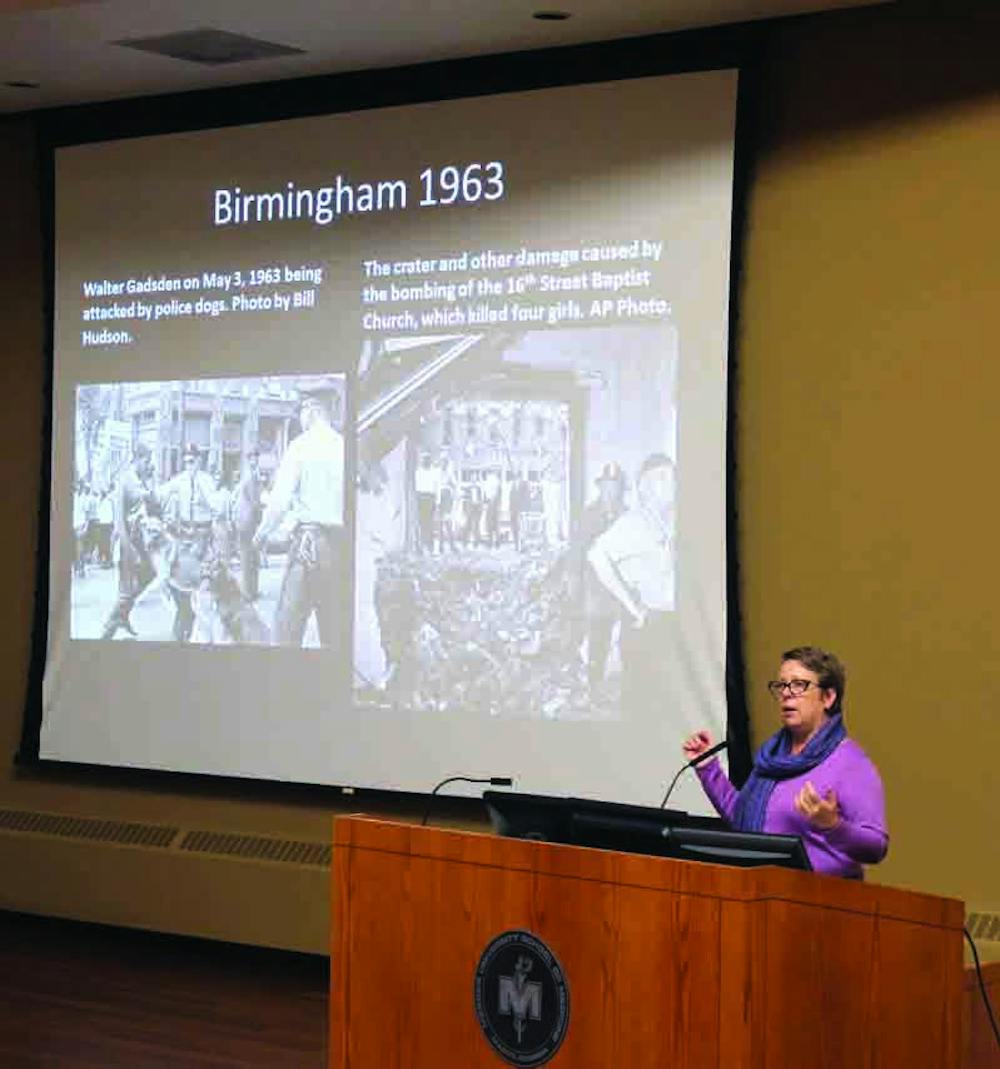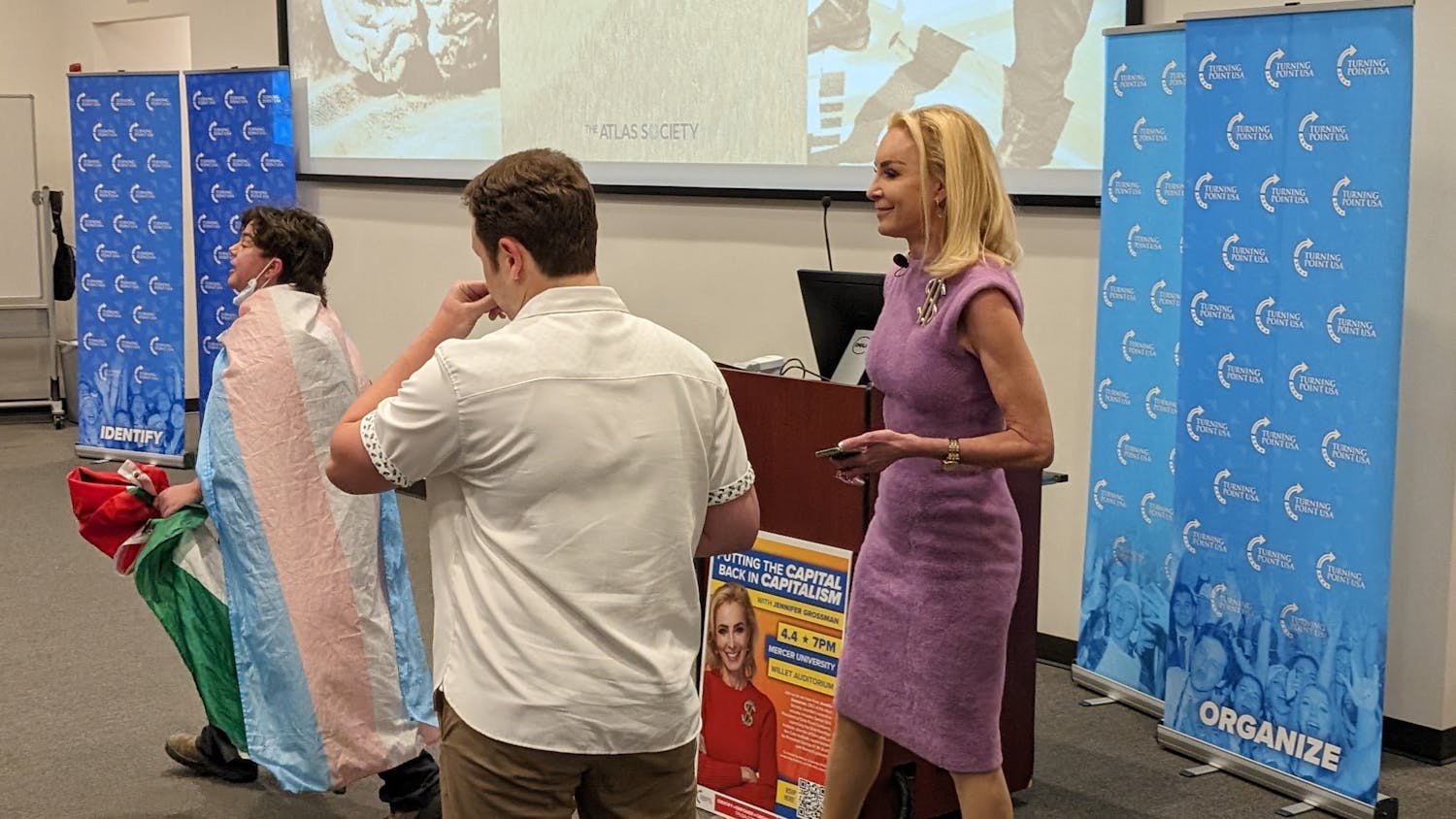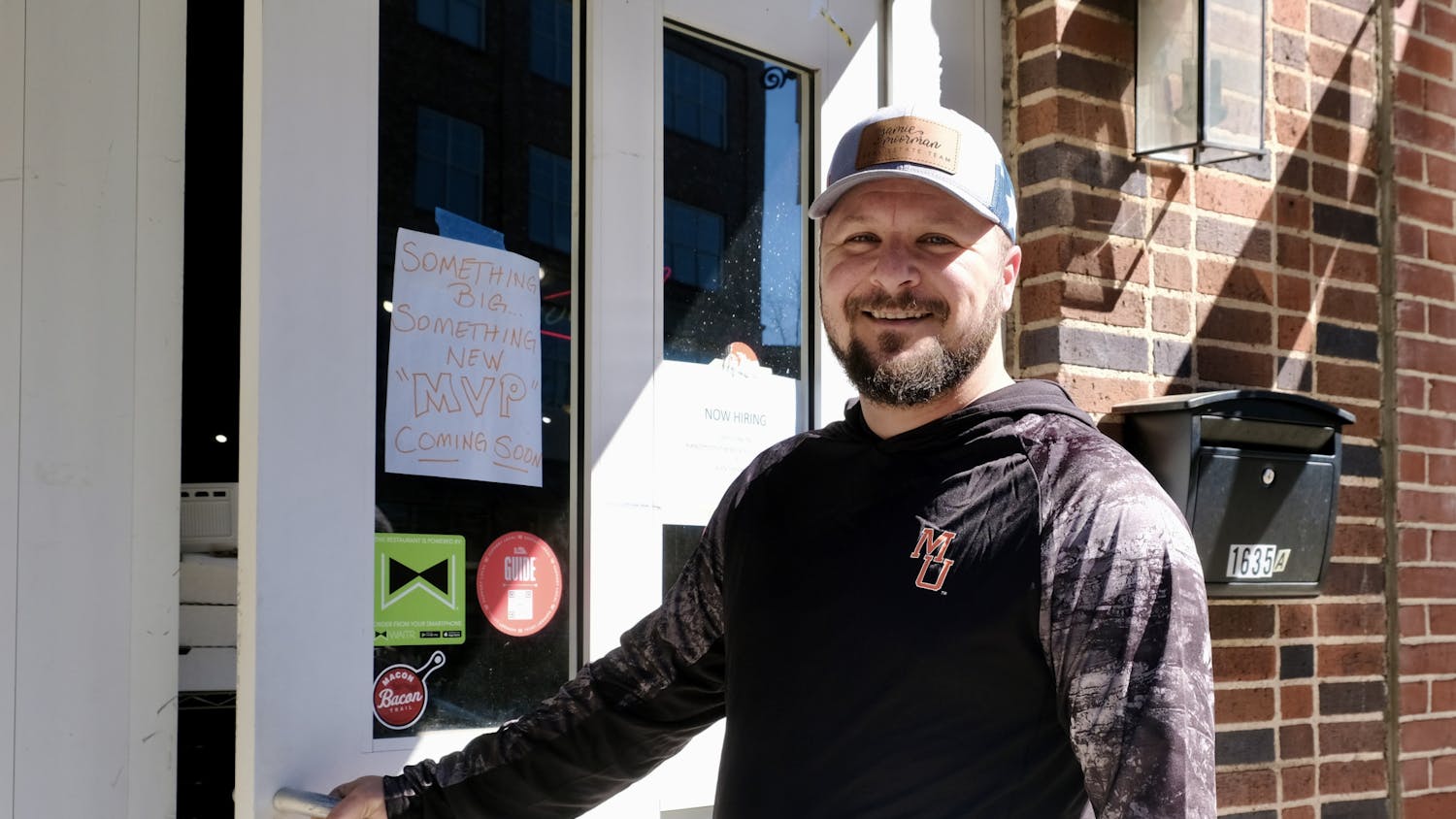Julia Armstrong, a former resident of Birmingham and an associate professor of English at the University of South Florida in St. Petersburg, has many ties to the Civil Rights movement.
On Monday, Sept. 14 she was on campus to give a lecture for her upcoming fifth book titled, “History That’s Buried and Forgot.”
“I’m not trying to observe Birmingham from the sins,” Armstrong said. “I am trying to tell a different story about the south.”
Armstrong said that the memories from the south during the Civil Rights Movement should not be put into a box.
Instead, she said that she believes history affects everyone in an entangled web. She expressed this thought by giving examples throughout the Civil Rights Period, or flashpoints, as she called them.
“Flashpoints are the collapse of an era and media to represent civil rights,” said Armstrong. The flash point that she refers to include iconic points in history.
For example, in April of 1963 Martin Luther King was arrested. During this year he wrote a paper on civil rights discussing nonviolence.
This helped the city progress towards desegregation for a while, but according to Armstrong “this victory was short-lived”. This small victory brought on “’Project C,’ which stands for Project Confrontation,” Armstrong said.
Project C was sit-ins, boycotts and nonviolent protests put together by Civil Rights activists. Police cracked down on these efforts, including sicking dogs on nonviolent protesters during May 3, 1963.
Another example of an iconic moment in Civil Rights history would be the Birmingham church bombing on September 14 1963, which wounded 20 people and killed four girls.
The church was bombed by four people, including Robert Chambliss, who later went to trial for this bombing.
This iconic moment in history “represents a heroic narrative with very clear legislative games and a specific ideology,” Armstrong said.
Armstrong believes that these moments in history of undeserved violence stand for the “literary classic good versus evil.”
“Battle lines are drawn metaphorically and physically in black and white,” Armstrong said.
Armstrong also collects stories that connect her to the civil rights movement during the 1950’s and 1960’s.
Her first story dealt with her Aunt Martha, who in 1977 served jury duty on the case of Robert Chambliss, one of the bombers of the church.
She then discovered that she is tied to a web of events that connects her to these issues through family ties.
The second connection to Armstrong occurred in 1957 at Phillips High School when Fred Shuttlesworth tried to enroll his children in an all-white school. He was beaten for his efforts of integration.
Armstrong’s uncle, Bobby Hughes, was an alumnus from Phillips High School where Shuttlesworth was beaten.
Armstrong’s final connection was in 1965 when Ceola Marshall was fired for being involved in the civil rights movement.
This moment changed Armstrong’s perspective on the Civil Rights history, because it focused her thoughts on the buried and forgotten stories of the civil rights movement, like Ceola’s story.
“Birmingham stories start off at an intersection, but the web reaches out to me and to you,” Armstrong said.
The web of civil rights in Birmingham and beyond

"I am trying to tell a different story about the south," Armstrong said about the lecture.




